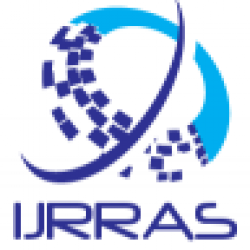Assessment of Antibiotic Resistant Pattern on Marine Bacterial Communities from Nagapattinam Coastal Zone
Abstract :
We scrutinized the impact of the effluent discharges and open defecations on the marine microorganisms in the coastal zone Nagapattinam with respect to analyses the antibiotic resistant strains. In this study, the seawater sample was collected from the Nagapattinam beach during November 2015 and isolated nearly 40 marine bacteria through pure culture techniques. The isolated 40 strains were challenged against ten different standard antibiotics on Mueller Hinton agar (MHA) by disc diffusion method for antibiotic resistance analysis. In this report, most of the strains were resistant to the tested antibiotics and the majority were resistant to Penicillin-G and Methicillin. Among a total of 40 marine isolates, 15% were susceptible to all antibiotics while 85% were resistant to at least one antibiotic. The marine bacterial isolates were highly resistant to Methicillin (72.5%) and Penicillin-G (65%) followed by Novobiocin (55%), Clindamycin (40%) and Amoxicillin (35%). All the marine isolates were sensitive to Ciprofloxacin (0%) and Erythromycin (0%). The antibiotic resistance index (ARI) was higher at Nagapattinam beach (0.08) and it indicating that the accumulation of antibiotics in coastal zone is high due to the sewage discharges and fecal matters to Nagapattinam coastal region. We concluded that determination of the number of antibiotic resistant bacteria and their occurrence in the marine beaches can possibly be treated as an alternative bioindicator of marine water and sand contamination.
Author Name: K. Abdul Muthalif & S. Ahmed John
Keywords: Antibiotic resistant strains, Nagapattinam Coast, Marine bacteria, Antibiotics, Seawater.
